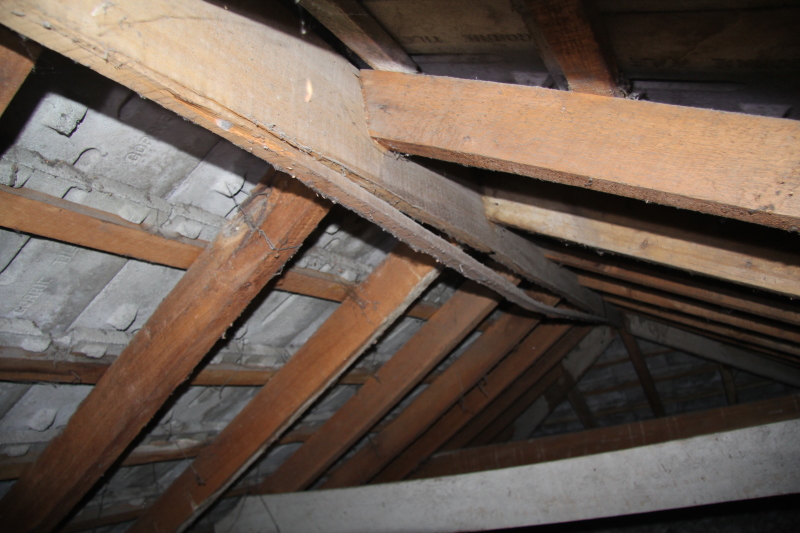Backcheckrage
Structural
- Sep 23, 2012
- 84
This house was built in 1950's. We are in an earthquake prone area. The ridge board is a 25mm X 200mm sawn timber supporting purlins which in turn support a concrete tile roof. There is this weird split to the bottom end which I can't imagine why this would be. A theory could be a combination of deterioration and some seismic activity? Anyways, I thought I would share. I've not seen this type of splitting before.... any ideas?





![[ponder] [ponder] [ponder]](/data/assets/smilies/ponder.gif)